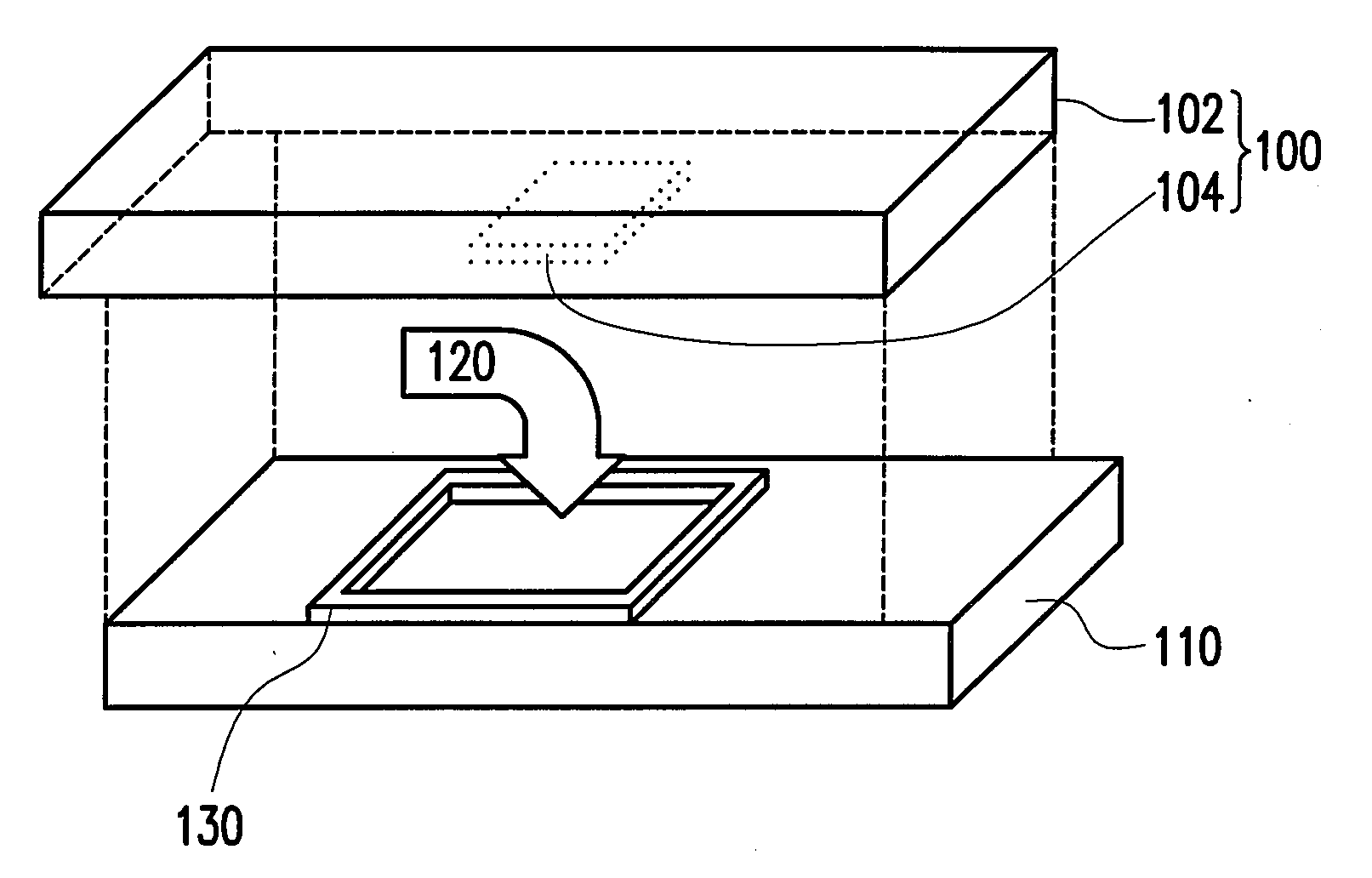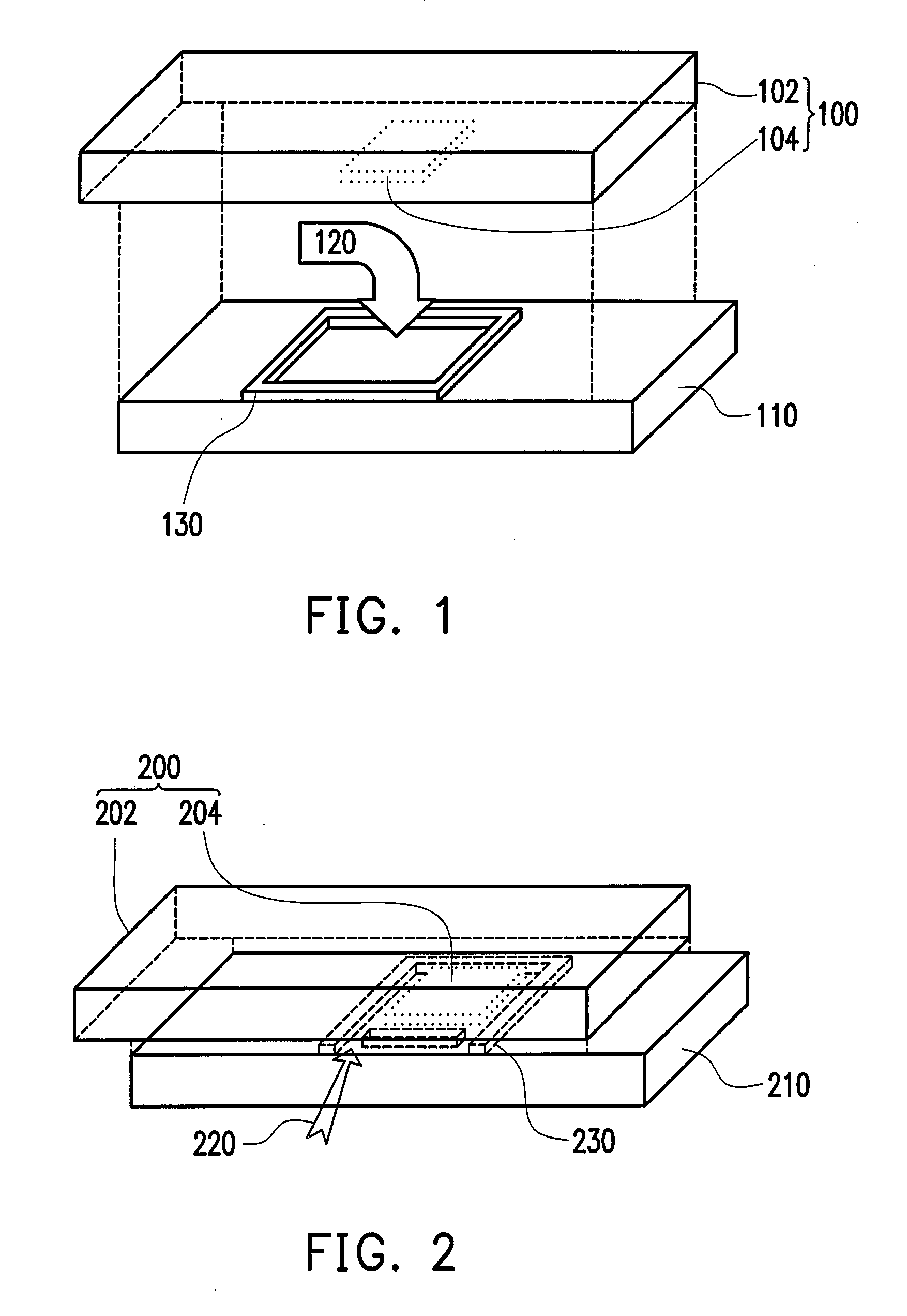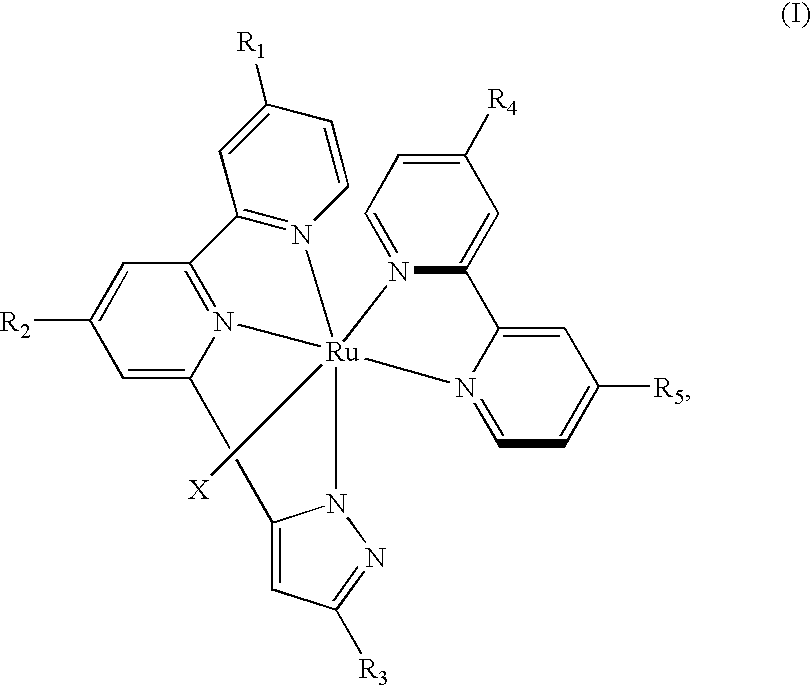Ruthenium complexes with tridentate heterocyclic ligand and dye-sensitized solar cells using the same
a tridentate heterocyclic ligand and ruthenium complex technology, applied in ruthenium organic compounds, electrolytic capacitors, organic chemistry, etc., can solve the problems of insufficient use of solar energy, black dye” was not extensively used as photosensitive dye, and the photosensitivity of dyes cannot be fully realized. , to achieve the effect of promoting the metal-to-ligand charge transfer (mlct) transition, reducing the band gap, and high occupied mo
- Summary
- Abstract
- Description
- Claims
- Application Information
AI Technical Summary
Benefits of technology
Problems solved by technology
Method used
Image
Examples
first embodiment
[0022]
Key Steps:
[0023]a) CF3CO2Et, NaOEt, THF, reflux.
b) N2H4, EtOH, reflux.
c) η-BuLi, Et2O, −78° C.
d) THF, 25° C.
e) 2M HCl, 60° C., 2 hr.
f) K2Cr2O7 / H2SO4.
[0024]NaOEt (1.04 g, 15.6 mmol) was added into 50 mL of THF solvent and they were stirred at 0° C.; next, 6-acetyl-2,2′-bipyridine (3a, 2.0 g, 10.1 mmol) dissolved in 20 mL of THF was added into the reactant; and finally, ethyl trifluoroacetate (1.5 mL, 11.4 mmol) was added. The mixture was heated to reflux and reacted for 12 hr, and then, 2M hydrochloric acid was added till the pH value of the solution reached 8-9. The mixture was extracted with 100 mL of ethyl acetate twice, after combining the organic layer, washed with deionized water and dried with magnesium sulfate. After vacuum concentration, a diketone (2.7 g) was obtained.
[0025]Without any purification step, the diketone was dissolved in 60 mL of ethanol, and then hydrazine monohydrate (98%, 4.2 mL, 86.0 mmol) was added. The mixture was heated to reflux and reacted for 12...
second embodiment
[0026]The solid 1b (0.7 g, 2.30 mmol) was slowly added into sulfuric acid (98%, 16 mL) while stirring severely; next, 1.6 g of potassium dichromate was slowly added, and the temperature was maintained at 80° C., the mixture was stirred till the temperature returned to the room temperature. The dark green mixture was poured into 100 mL of ice-water solutions, and placed overnight at 5° C. The precipitate was filtered and washed with water, and added into 16 mL, 50% of aqueous solution of nitric acid, and then heated to reflux for 5 hr. After cooling to the room temperature, the mixture was poured into 100 mL of ice-water solutions, and placed overnight at 5° C. The precipitate was filtered and then washed with 10 mL of water twice and washed with 5 mL of diethyl ether twice, to get 0.51 g of white solid product 2.
[0027]After executing the above procedures, the heterocyclic tridentate ligand of the present invention was obtained. Thereafter, the heterocyclic tridentate ligand is taken...
third embodiment
[0036]
Synthesis of Compound S1 [Ru(bpypz)(H2-dcbpy)Cl]
[0037]The ligand 1a and 0.20 g (0.327 mmol) of [RuCl2(p-cymene)]2 were added into a reaction bottle. Under the nitrogen atmosphere, 15 mL of N, N-dimethylformamide was added and reacted at 60° C. for 4 hr. Next, 0.16 g (0.655 mmol) of the ligand [2,2′]bipyridinyl-4,4′-dicarboxylic acid (H2-dcbpy) was added into the reaction bottle, and reacted at 150° C. for 4 hr under dimethylformamide (DMF) atmosphere. After the reaction, the DMF was vacuumed, a small amount of DMF (1-2 mL) was added, and then acetonitrile CH3CN (5-7 mL) was added. The mixture was ultrasonic-vibrated for 20 min, and centrifuged to get a solid. The solid was washed with acetonitrile, to get 0.2 g of a first-step compound S1 [Ru(bpypz)(H2-dcbpy)Cl] (46% yield). In the final product, R2 and R1 of the heterocyclic tridentate ligand L1 are hydrogen atoms, R3 is CF3, the bidentate ligand L2 has the structure of Formula (IV), and X is Cl.
[0038]Furthermore, the rutheni...
PUM
| Property | Measurement | Unit |
|---|---|---|
| temperature | aaaaa | aaaaa |
| temperature | aaaaa | aaaaa |
| thick | aaaaa | aaaaa |
Abstract
Description
Claims
Application Information
 Login to View More
Login to View More - R&D
- Intellectual Property
- Life Sciences
- Materials
- Tech Scout
- Unparalleled Data Quality
- Higher Quality Content
- 60% Fewer Hallucinations
Browse by: Latest US Patents, China's latest patents, Technical Efficacy Thesaurus, Application Domain, Technology Topic, Popular Technical Reports.
© 2025 PatSnap. All rights reserved.Legal|Privacy policy|Modern Slavery Act Transparency Statement|Sitemap|About US| Contact US: help@patsnap.com



